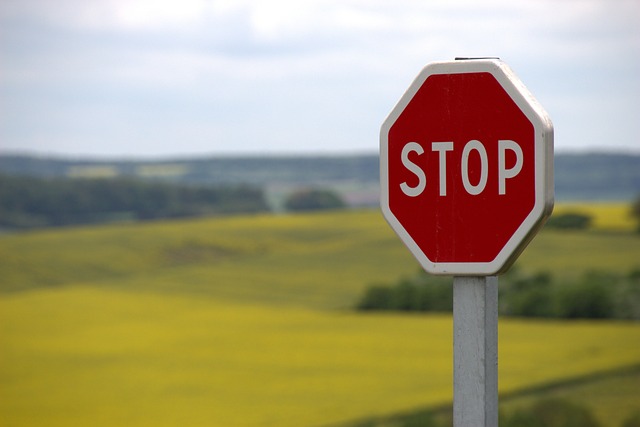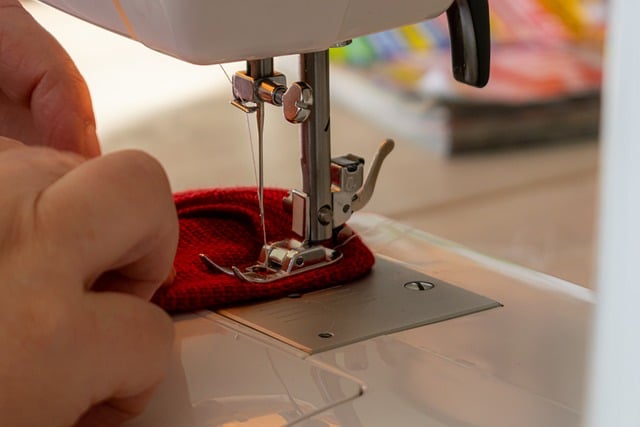
As sustainable fashion becomes increasingly popular, so does the risk of greenwashing. Greenwashing refers to the practice of making misleading claims about environmental benefits to appear more eco-friendly than a brand truly is. Here’s how you can spot greenwashing in sustainable fashion brands and ensure you’re making genuine, eco-conscious choices.
What is Greenwashing?

Greenwashing is a deceptive marketing practice where companies exaggerate or falsely advertise their environmental credentials to attract eco-conscious consumers. This can range from using vague language to make a product seem more sustainable than it is, to highlighting one small positive aspect while ignoring broader negative impacts.
How to Spot Greenwashing
1. Look for Vague or Misleading Language

Brands often use ambiguous terms to make their products appear sustainable. Be cautious of:
- Buzzwords: Terms like “eco-friendly,” “green,” “natural,” or “organic” without specific details.
- Lack of Definition: Words that are not clearly defined or lack context about the environmental impact.
Example: A brand may claim their product is “natural” without specifying the materials used or their environmental impact.
2. Check for Specificity and Transparency

Genuine sustainable brands provide clear, specific information about their practices. Look for:
- Detailed Descriptions: Information about materials, production processes, and certifications.
- Transparency: Clear data on how the brand measures and reduces its environmental impact.
Example: A brand should provide information on the percentage of recycled materials used or details on their water and energy usage.
3. Investigate the Brand’s Certifications

Certifications from recognized organizations can help validate a brand’s sustainability claims. Common certifications include:
- Global Organic Textile Standard (GOTS): Certifies organic fibers and sustainable processing.
- Fair Trade Certified: Ensures ethical labor practices and fair wages.
- Cradle to Cradle Certified: Assesses the product’s safety and sustainability across its lifecycle.
Example: Verify if a brand displays certifications on their website and research what these certifications entail.
4. Evaluate the Brand’s Overall Impact

Assess the brand’s overall commitment to sustainability beyond individual products:
- Full Range Assessment: Check if the brand applies sustainable practices across all products and operations.
- Commitment to Improvement: Look for evidence of ongoing efforts to enhance their sustainability practices.
Example: A truly sustainable brand will focus on reducing overall waste and emissions, not just marketing one eco-friendly product.
5. Look for Third-Party Reviews and Reports

Consult independent reviews and reports for additional insights:
- Consumer Reviews: Check reviews from other customers regarding the brand’s sustainability practices.
- Environmental Reports: Look for third-party assessments or reports on the brand’s environmental impact.
Example: Research if environmental organizations or watchdog groups have assessed the brand’s sustainability claims.
Tips for Verifying a Brand’s Authenticity
1. Research the Brand’s History and Practices

Understand the brand’s background and how long they’ve been committed to sustainability:
- Company History: A brand with a long-standing commitment to sustainability is more likely to be genuine.
- Sustainability Track Record: Investigate past practices and any changes made towards more sustainable operations.
Example: Look for interviews or articles about the brand’s founder and their motivation for adopting sustainable practices.
2. Review the Supply Chain

A transparent supply chain is a good indicator of genuine sustainability:
- Supplier Information: Check if the brand discloses information about its suppliers and their sustainability practices.
- Ethical Sourcing: Ensure that materials are sourced ethically and sustainably.
Example: A sustainable brand will provide details about where and how their materials are sourced and manufactured.
3. Check for Clear and Verifiable Claims

Verify any sustainability claims made by the brand:
- Evidence: Look for tangible evidence supporting their claims, such as third-party audits or detailed impact reports.
- Avoid Overgeneralization: Claims should be specific and backed by concrete data.
Example: If a brand claims to reduce water usage, verify this with documented evidence or certifications.
4. Look for Consistency Across Platforms

Ensure that the brand’s sustainability message is consistent across different platforms:
- Website vs. Social Media: Compare information provided on their official website with social media posts and other marketing materials.
- Advertising Claims: Watch for discrepancies between what is advertised and what is practiced.
Example: A brand that consistently communicates detailed sustainability practices across all platforms is more likely to be genuine.
5. Engage with the Brand

Directly asking the brand questions about their sustainability practices can provide insights:
- Contact Customer Service: Ask specific questions about their materials, processes, and certifications.
- Request Documentation: Request detailed documentation or reports on their sustainability practices.
Example: Brands committed to sustainability will be open to answering questions and providing proof of their claims.
Conclusion
Spotting greenwashing requires vigilance and critical thinking. By scrutinizing claims, verifying certifications, and researching a brand’s overall impact, you can make more informed choices and support genuinely sustainable fashion. Stay informed and choose brands that demonstrate transparency and a genuine commitment to environmental and ethical practices.

Ready to shop sustainably? Use these tips to ensure you’re supporting brands that truly align with your eco-conscious values.
